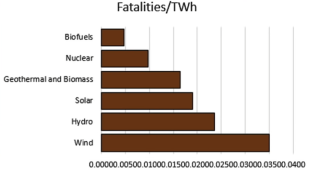svetz
Works in theory! Practice? That's something else
Is Bigger Really Better, or is it just cheaper?
$/W | Watts | size i(in²) | Wind (Pa) | W/in² | Weight (lb) | |
|---|---|---|---|---|---|---|
0.61 | 540 | 4000 | 5400 | 0.135 | 73.6 | |
0.79 | 360 | 2797 | 5400 | 0.129 | 44.9 | |
1.18 | 200 | 1573 | 5400 | 0.127 | 26.5 | |
2.85 | 200 | 2336 | | 0.086 | 6.39 | |
RSP200DB-72-US ETFE | 1.70 | 200 | 1858 | 0.107 | 10.8 |
Pulled some numbers on a few random panels while pondering what the best size might be. A smaller size makes it easier to fit roof geometries and less wind loading when carrying up to the roof. Less mass, so easier for a single person to handle. But smaller also means more wiring and microinverters if you use them (if using microinverters, it would also be easy to use any size panel to meet any geometry).
But, the bigger panels do seem to have a higher W/in² and they are cheaper per watt. Also looked at two of the flexible panels, taping them to the roof is a lot less expensive and less complicated than rails, doesn't increase weight like ballistic mounts, shipping is a fraction of the cost, and no roof penetrations. But also no air cooling underneath and I'm not sure VHB tape will last 30 years.
What are the pros and cons regarding physical size that come to you?
Last edited:



